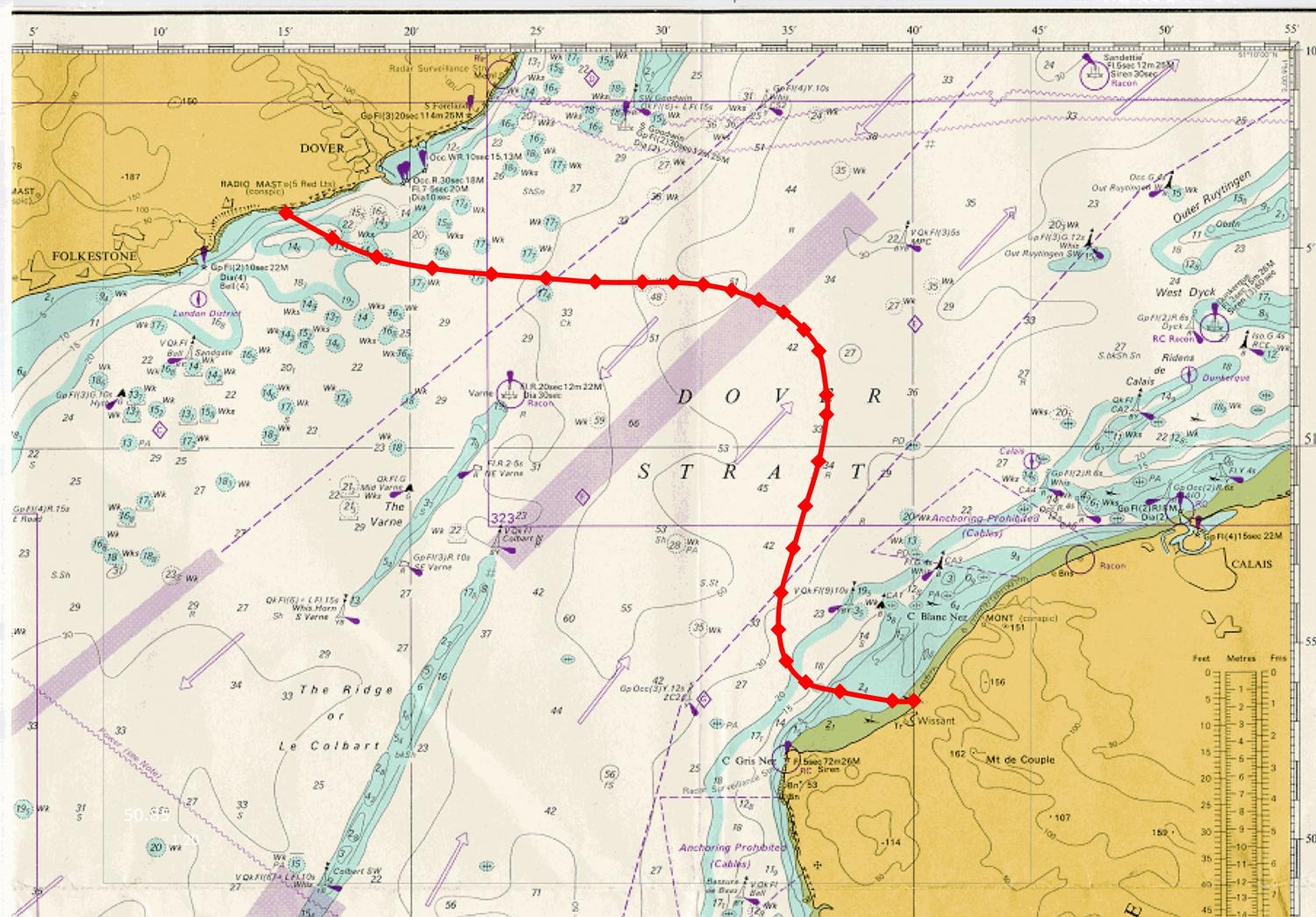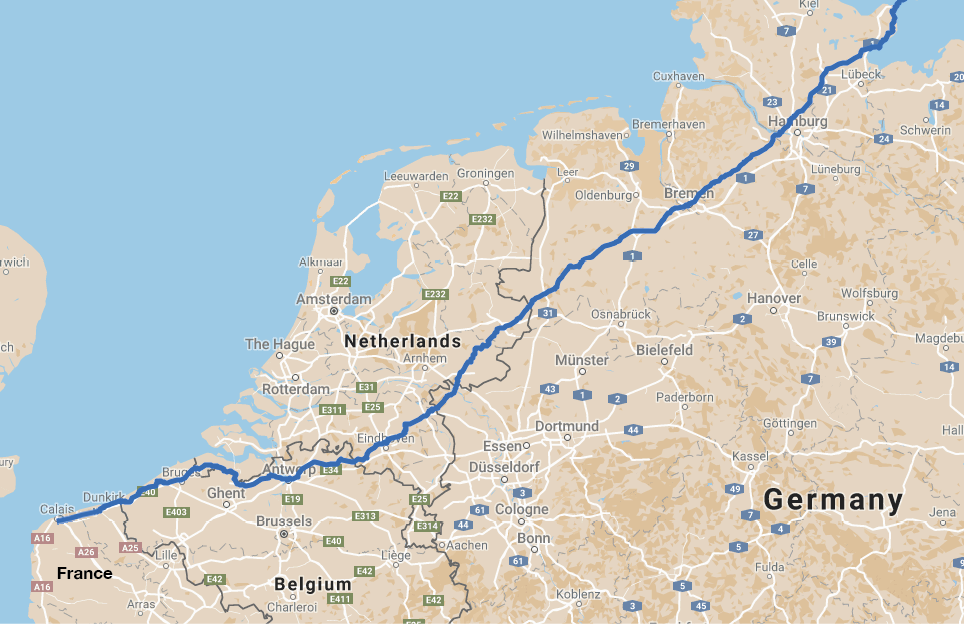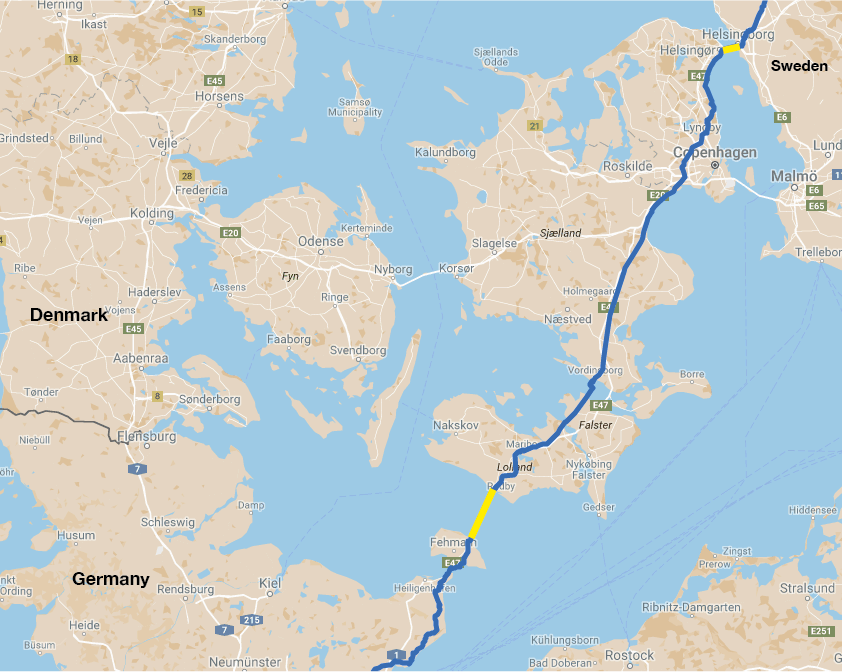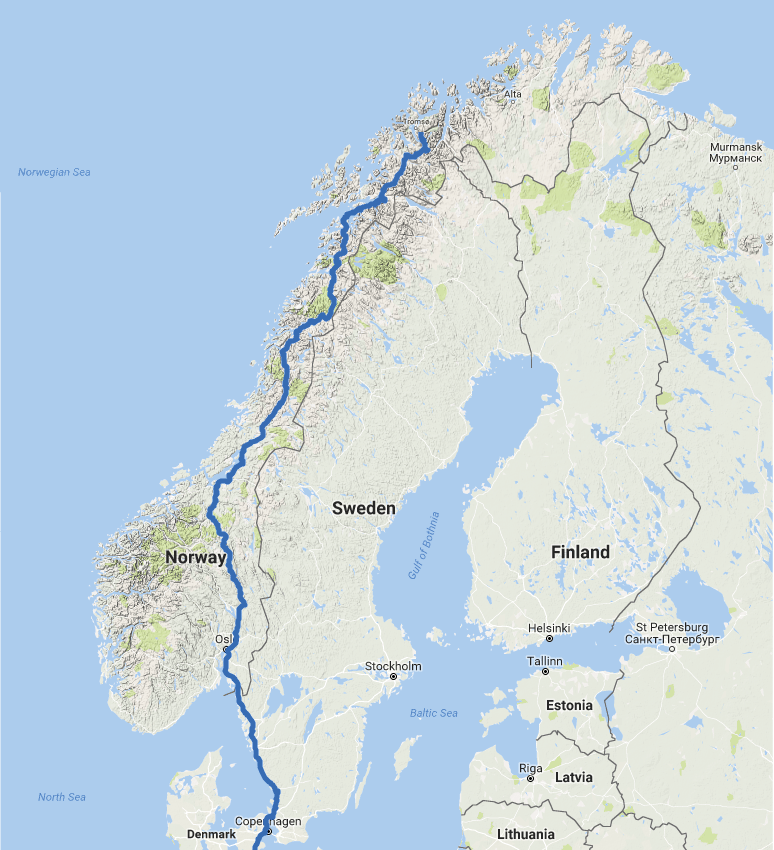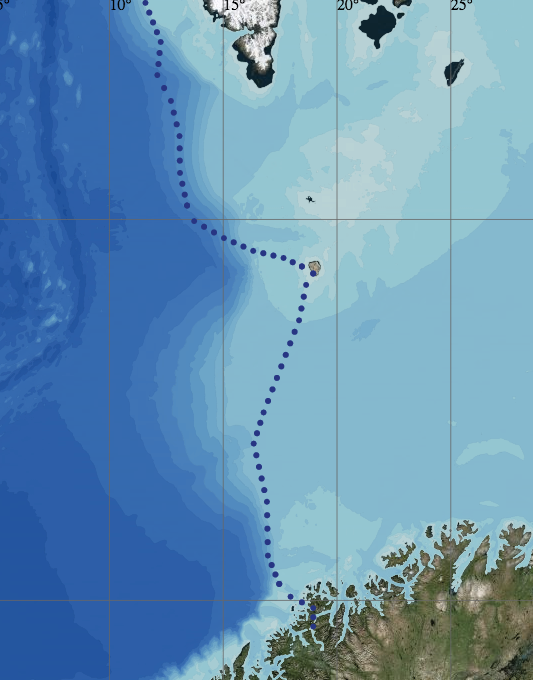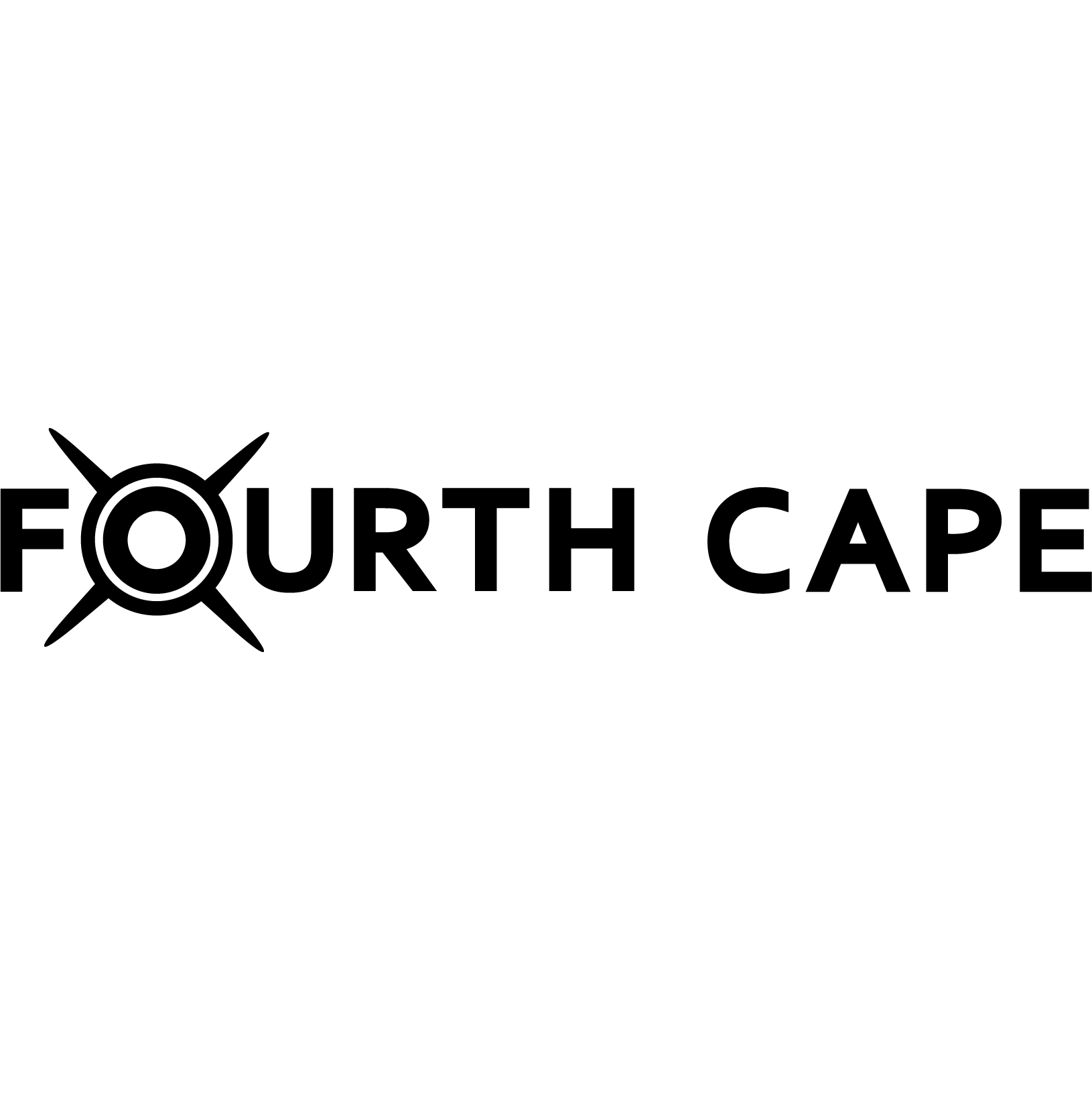If the tracker does not load please click here
The Route
The route is designed to be purposefully challenging. There are easier ways to cross the English Channel other than swimming – like using our ocean rowing boat for instance. But we’re doing it the hard way.
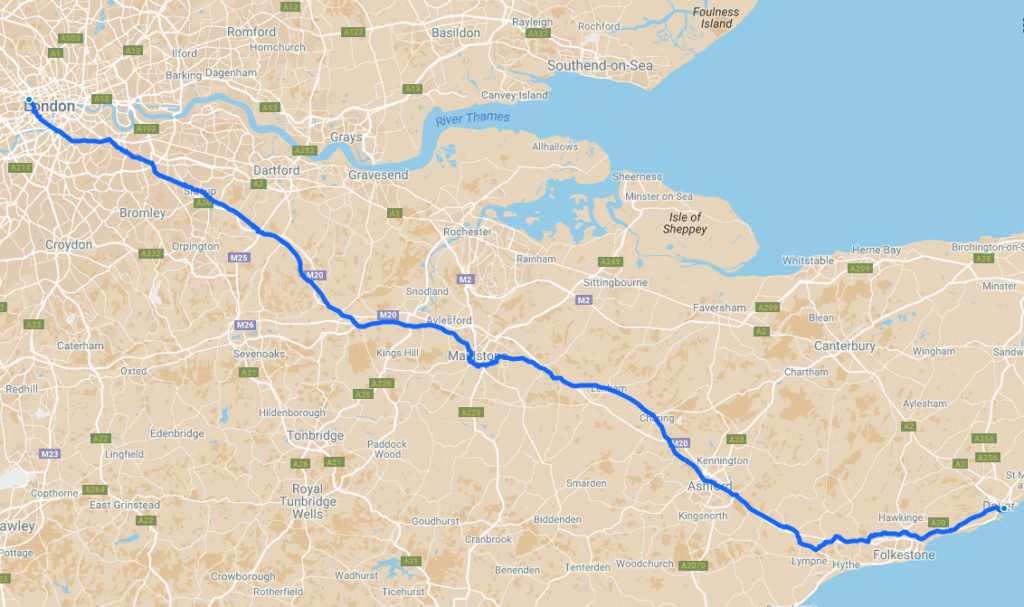
Click on the images to zoom

The Run
It will all start in Central London, at the monumental Marble Arch.
The first leg will take us to Wrotham Heath, 28.6 miles in distance.
The second leg will take us to Ashford, 29.4 miles.
The last leg will take us all the way to Dover, 23 miles.
That’s a total distance of 81 miles, essentially three marathons in three days.
The swim
The curve in the route is caused by the tide. If you get the timing wrong the tide will sweep you in the wrong direction.
The average time for a Channel swim is 13.5 hours but for some people it can take 20 hours or more.
Less than 2,000 people have swam the Channel since Captain Webb first succeeded in 1875 and the success rate is only about 30%.
It is the busiest shipping lane in the world. Swimmers must give way to any ship whilst in the shipping lanes.
The temperature in June could be anything between 11˚ – 13˚ Celsius.
The Cycle
Starting from Calais we will make sure we cycle back to where we landed after the swim so that we can continue our journey.
The route will take us through northern France, northern Belgium, and into southern Holland. Then straight into Germany passing through Bremen and Hamburg.
Traditionally known as the Low Countries, it should be smooth riding for this part of the cycle.
We will then make our way to Puttgarden, a peninsula jutting out of Germany. There is a ferry from here to Lolland, in Denmark.
We will put our bikes on the ferry and then kayak across the 20km stretch of water before arriving in Denmark.
We will make our way up through Denmark, past Copenhagen, to a town called Helsingør.
To get to Sweden we have to navigate across another stretch of water. This one is about 4.5km and again we will ferry our bikes over while we human power our kayaks across.
The Row
Last of all we will row the 700 miles to Svalbard. We will row from Tromsø, through the fjords, and out into the open sea, a distance of about 80 km.
We pass through three seas. The Norwegian Sea to the south-west, the Barents Sea to the east and the Greenland Sea to the north-west.
The dotted line shows the ideal route but we will be somewhat at the mercy of the wind and our path is unlikely to be quite so direct.
If the weather permits then we will stop off at Bear Island to take some respite from the sea. At that time of year, it is unlikely there will be any Polar Bears on the island but we will be wary in any case.
The seas here are unpredictable. We can expect massive waves, gale force winds and thick fog which this stretch of water is well known for.
We shouldn’t expect to see many boats in the open water. We will be quite isolated, battling against the elements and slowly rowing our way onwards.
Having made our way through southern Sweden, we will cross into Norway, passing through Oslo.
We will then head across to the stunning west coast of Norway from where we will meander around fjords and up and down mountains.
Due to the sparsity of accommodation we will be camping during this stage of the cycle. We will carry all our camping gear with us.
There is another section here that requires a ferry to cross. Again, we will put our bikes on the ferry and paddle ourselves across in kayaks.
Eventually we will arrive in Tromsø in northern Norway after travelling over 3,50o km.
That will be about 12,000 minutes on the saddle and close to a million pedal revolutions.
Here is a detailed map of the Svalbard archipelago. We will be rowing up the west coast of Spitsbergen. We will be keeping a keen eye out for Polar Bears which may well be lurking around.
When we pass Barentsburg we will head inwards to arrive at Longyearbyen on the southern shore.
This is the final destination of our journey. We will have rowed over 700 miles in total.
We will spend a few days savouring the feeling of completing our trip and taking in the sites before departing on a much quicker route home – flying to Oslo, and then back to London.

